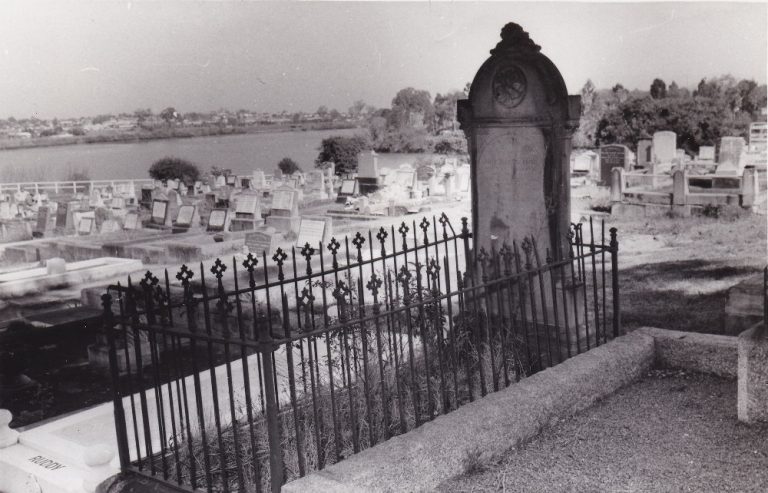The 1970s ‘Beautification Scheme’
Old municipal cemeteries had become an unwanted expense for the Brisbane City Council during the 1970s. Now largely closed, the burial grounds generated little revenue but required constant maintenance. Many of those family members who had once tended the graves of loved ones had either died themselves or moved away, and a lot of older graves were not being looked after.
In response to this situation, a ‘Beautification Scheme’ was initiated by the BCC in 1975. The idea was to remove thousands of untended graves that might be classed as ‘unsightly or dangerous’ and therefore create more green space, making it easier to mow the grass in the cemeteries.
The monuments were assessed by council officers, who took photographs of each one. Their classification of some of the monuments as being ‘unsightly or dangerous’ is open to debate.

Letters were sent out to registered ‘Next of Kin’ asking if they were prepared to look after the grave, or instead have any monument and surrounds on it removed. Many of these letters did not reach their intended readers, some of whom had long since moved house, or even died. The council deemed any non-reply within a 30-day deadline as representing permission to remove headstones. Some relatives agreed to the removal.
According to a sexton who worked at the cemetery during this time, approximately 1,000 South Brisbane headstones were then removed by the council. A majority of these were used within the cemetery to infill the gullies. Some were not removed but instead laid down and covered over with soil. Sandstone slabs from plinths were also used in the foundation during construction of the wall along part of TJ Doyle Memorial Park Drive, on the riverside boundary of the cemetery.
A smaller, second wave of removals occurred in 1978, but there were no removals after this time. It is very notable that even though the council publicised the beautification scheme at the time, there was no public backlash. These were different times with different attitudes.
In later years, cemetery workers would lower unstable headstones and lie them on the top of graves, instead of removing them.
Some of the headstones removed in the 1970s were exposed during construction work on the Busway next to the cemetery in 2005, and FOSBC members successfully campaigned to have the intact stones returned to their original locations on graves.



